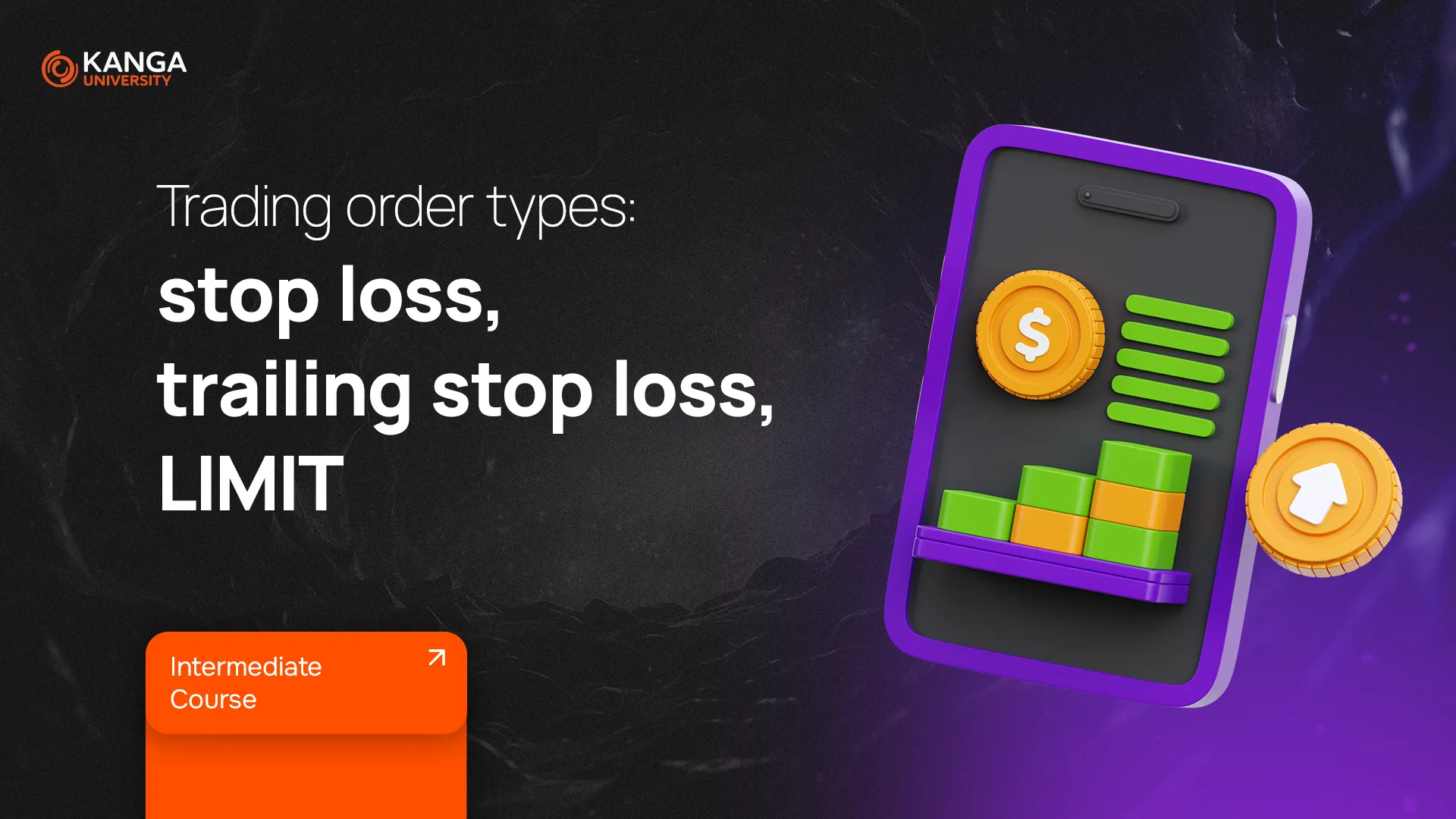
If you’re just getting started with crypto but ready to go beyond simply “buy and hold,” it’s time to learn about trading orders. This guide will walk you through the most common types of orders used on crypto exchanges—both the ones that are executed immediately and the ones that wait for the right moment. Mastering them will help you take control of your trades, reduce risk, and increase your potential for profit.
Market vs. Pending Orders – What’s the Difference?
On a crypto exchange, you’ll mainly use two categories of orders:
-
Market orders – executed instantly at the current market price.
-
Pending orders (like limit, stop, and OCO orders) – these wait for the price to hit a level you choose.
Let’s break them down.
1. LIMIT Orders – Wait for Your Perfect Price
A Limit Order is one of the go-to tools for smart investors. It allows you to buy or sell a crypto asset only when it reaches the price you want.
-
Buy Limit – you set a price below the current market price.
Example: Bitcoin is trading at $65,000, but you want to buy it when it drops to $60,000. You place a Buy Limit at $60,000—and the order will execute only if the price hits that level. -
Sell Limit – the opposite. You set a price above the current market price.
Example: You hold Ethereum at $3,000 and want to sell it if it climbs to $3,500. Your order won’t be executed until that price is reached.
Limit orders let you avoid chasing the market—and they help you buy low and sell high.
2. Stop Loss and Trailing Stop Loss – Protect Your Capital
Emotions run high in crypto, and impulsive decisions can cost you. That’s where stop orders come in—they’re essential tools for managing risk and keeping your strategy on track.
Stop Loss
This order automatically closes your position if the market moves against you. It protects your balance by setting a maximum loss you’re willing to take.
Example: You buy Bitcoin at $60,000 and set a Stop Loss at $57,000. If the price drops that low, your BTC is sold automatically—limiting your loss.
You can also use Stop Loss to lock in profits by adjusting it upward as the price increases.
Trailing Stop Loss
This is a smarter, more flexible version of Stop Loss. Instead of staying fixed, it “trails” the price by a certain percentage or amount.
Example: You’re holding a coin that climbs from $10 to $12. With a 5% trailing stop, the system will keep shifting the Stop Loss upward as the price rises. If the price then dips more than 5%, your position will be closed—securing your gain.
Heads-up: Trailing Stop Loss only works while your computer or trading app is online—unless you’re using an exchange that supports cloud-based execution, like Binance or Bybit.
3. MARKET Orders – Fast Execution, No Waiting
Market orders are for when speed matters most. You want to buy or sell now, at the best price available.
Just click “buy” or “sell” and the order is filled immediately, using the current offers in the market.
But here’s the tradeoff:
-
You have no control over the exact price you get.
-
You may end up paying slightly more or selling for slightly less—especially if there’s low liquidity.
-
Fees are typically higher because you’re taking liquidity from the market.
Market orders are useful when:
-
You need to enter or exit a trade quickly,
-
The exact price doesn’t matter as much as timing.
4. OCO Orders (One Cancels the Other) – Two in One
An OCO Order allows you to place two orders at once: one for taking profit and one for cutting losses. As the name says, if one gets triggered, the other is automatically cancelled.
Example: You buy ETH at $3,000. You want to sell at $3,500 if it goes up (Sell Limit), but also want protection if it drops to $2,800 (Stop Loss). With an OCO order, you can set both at the same time. Whichever happens first, the other one disappears.
On platforms like Binance, OCO is easy to set up. Just enter:
-
The price for your Limit Order (target profit),
-
The Stop Price (where the Stop Loss activates),
-
And the Stop-Limit Price (actual price to sell once the stop is hit).
It’s a smart way to automate your strategy and stay in control—even when you’re not watching the screen.
Summary
Trading crypto isn’t just about catching lucky breaks. It’s about using the right tools to manage risk and make better decisions.
Whether you’re trying to buy BTC during a dip, sell ETH near its peak, or just avoid emotional mistakes—these order types are your best allies.
Learn them. Use them. And trade smarter.